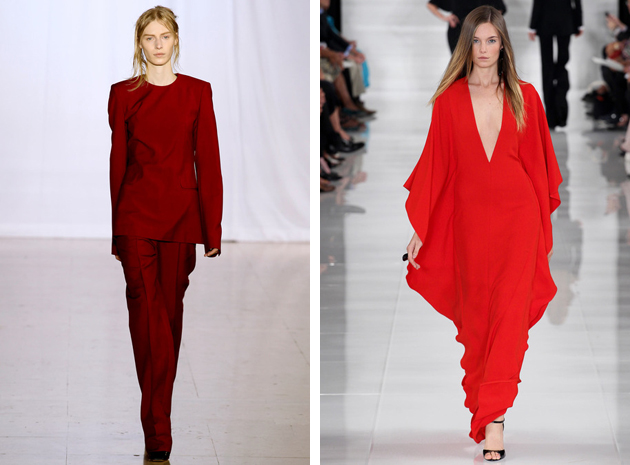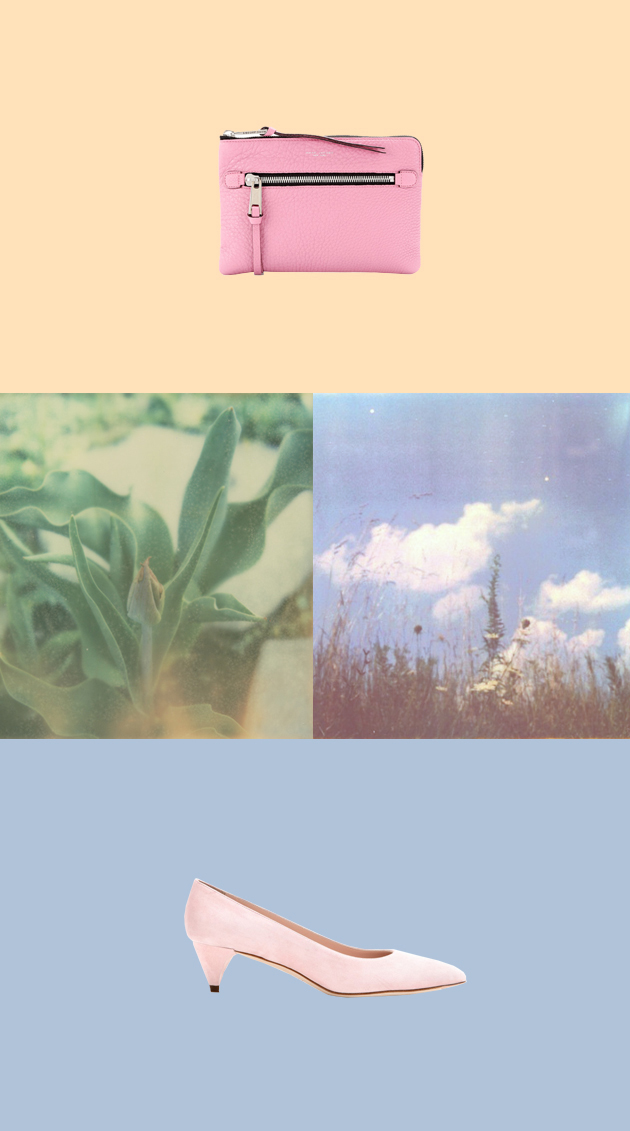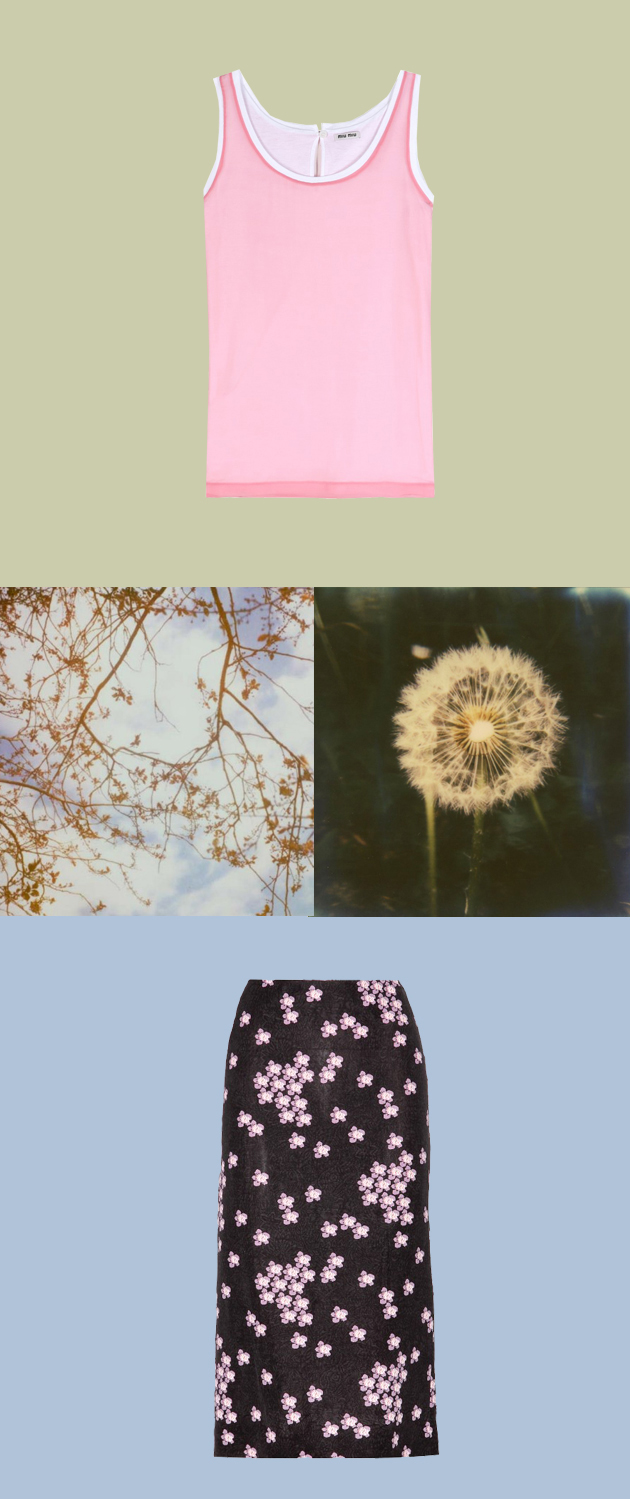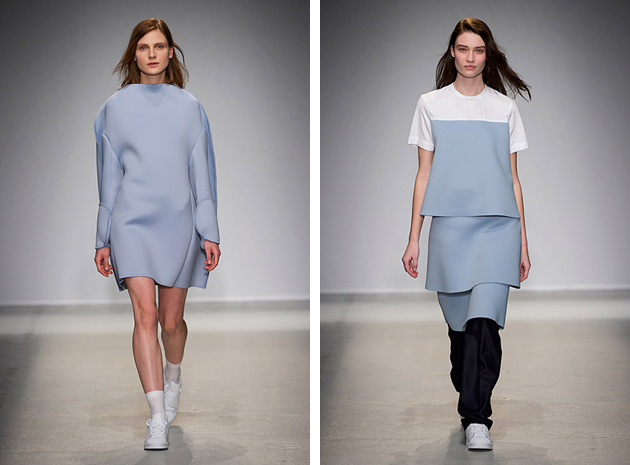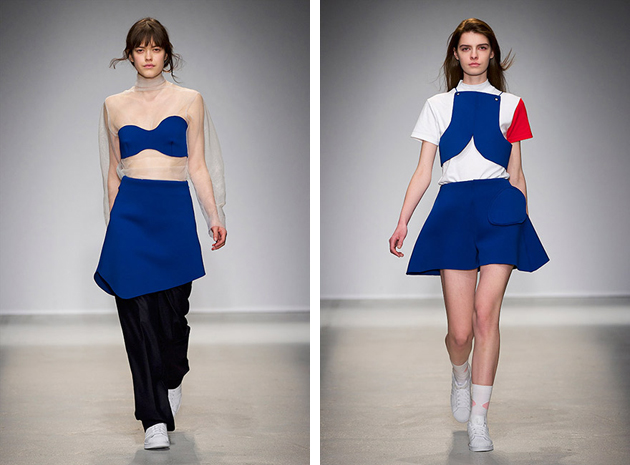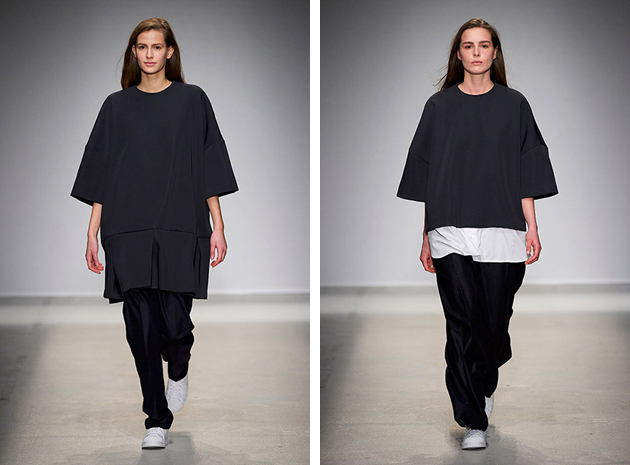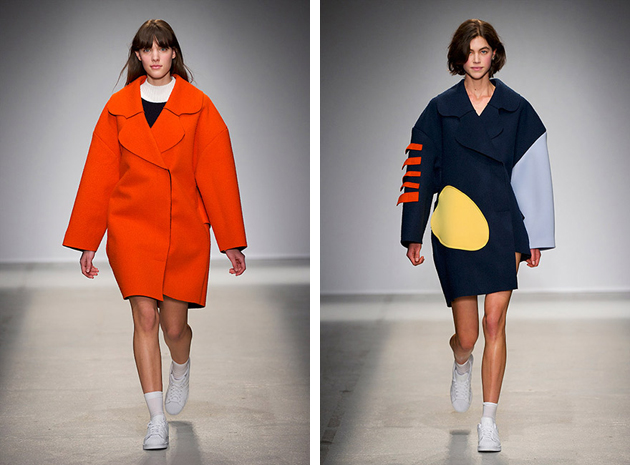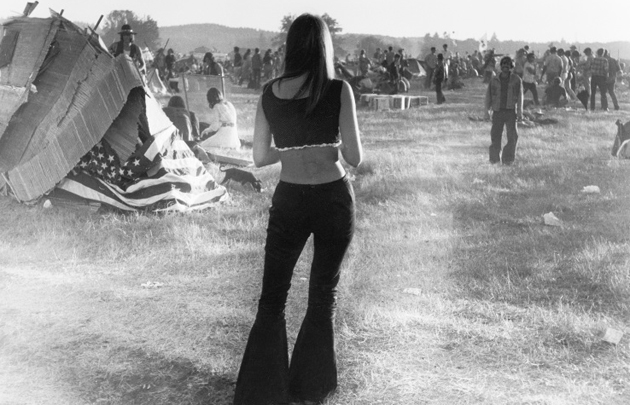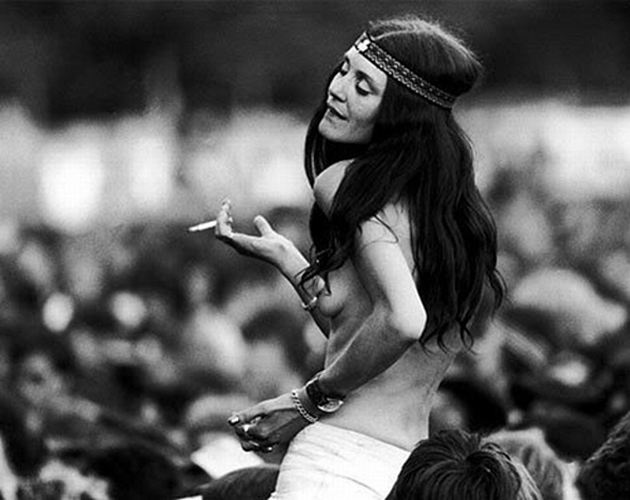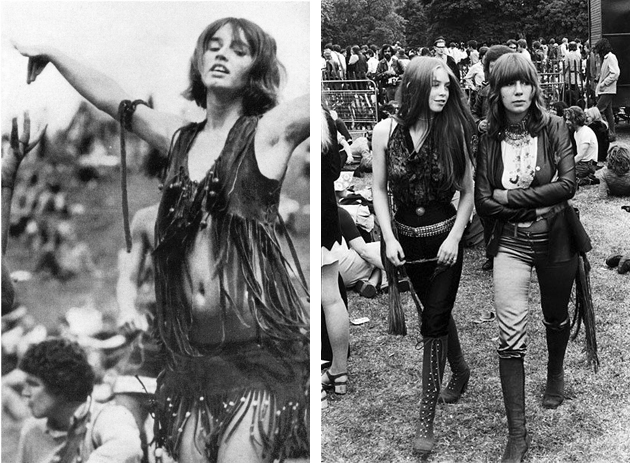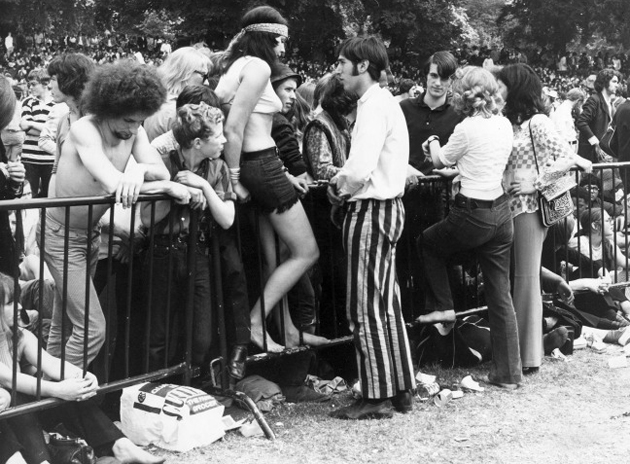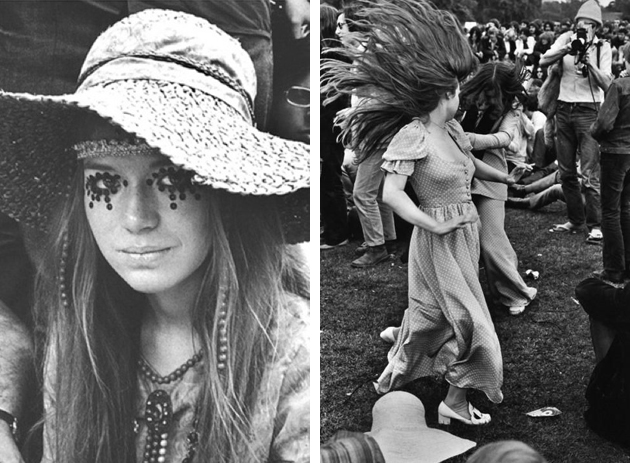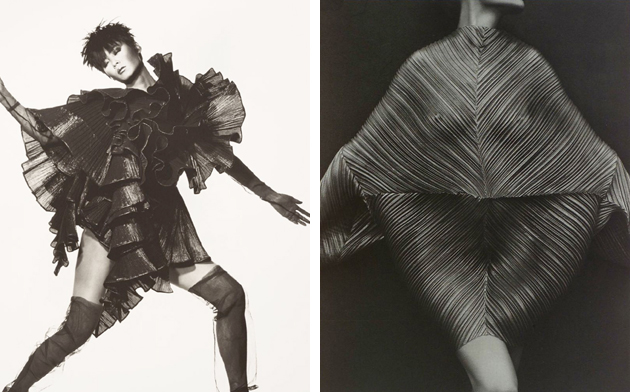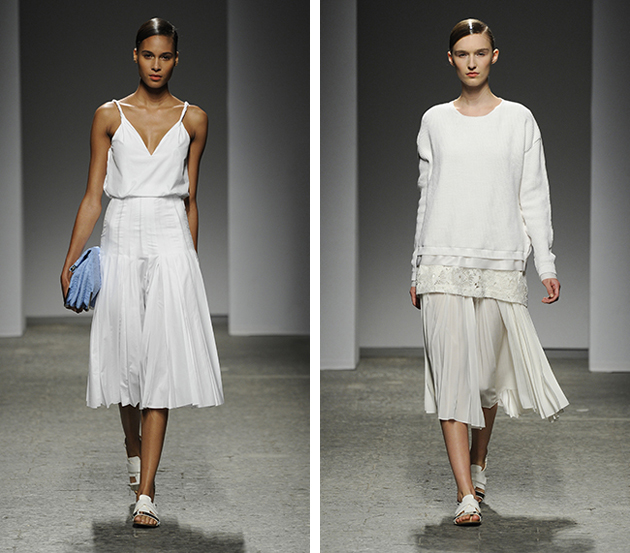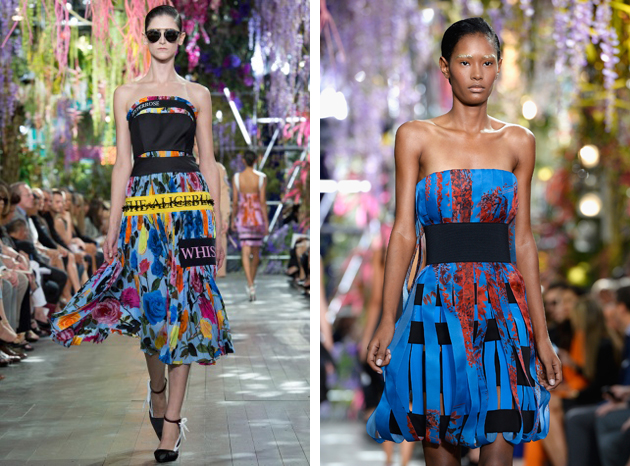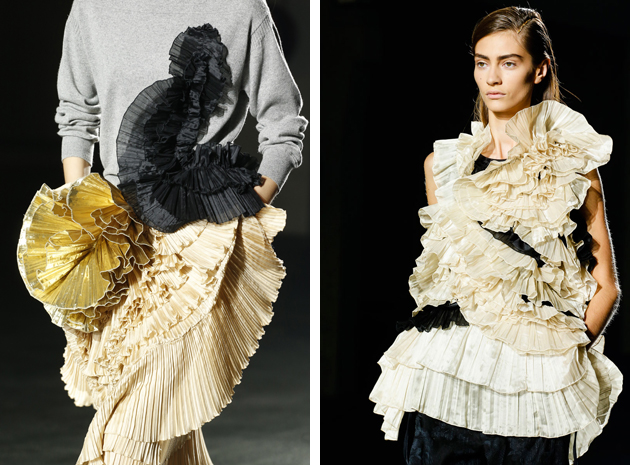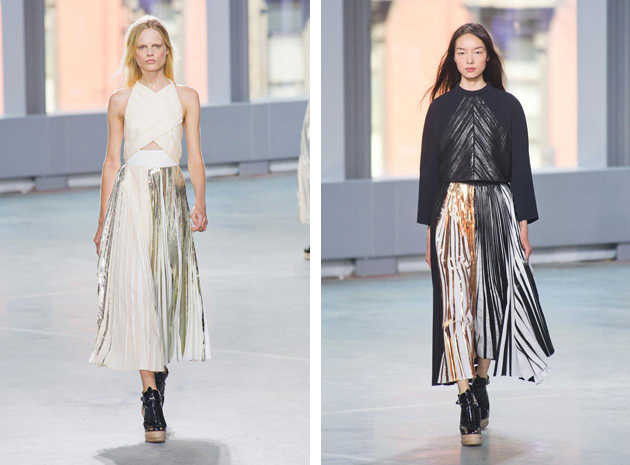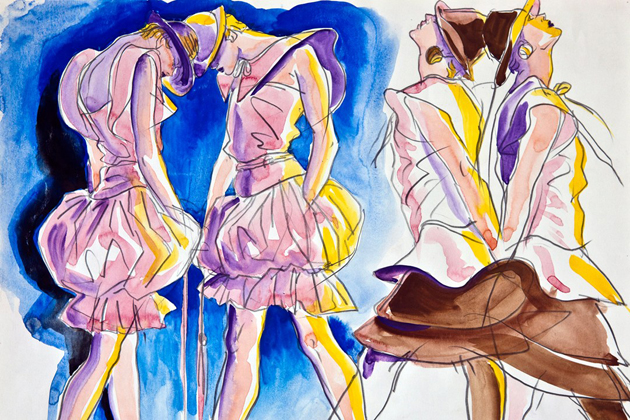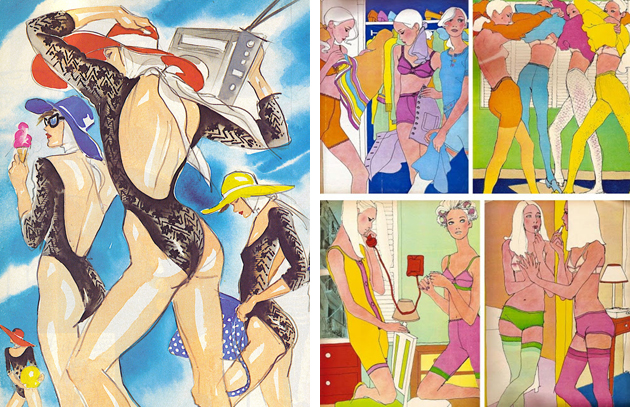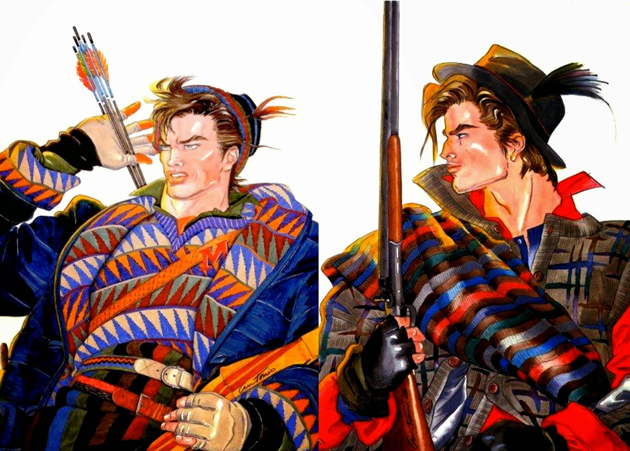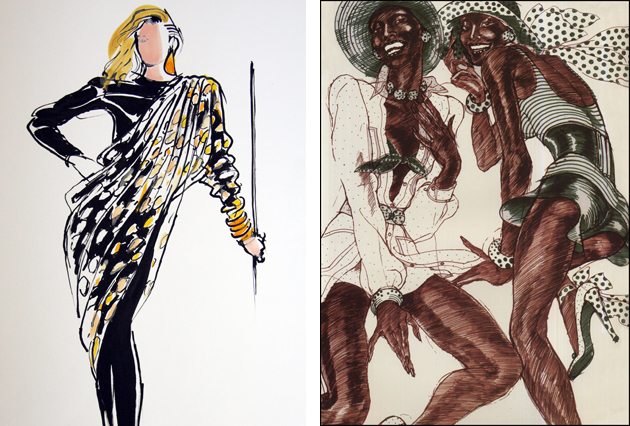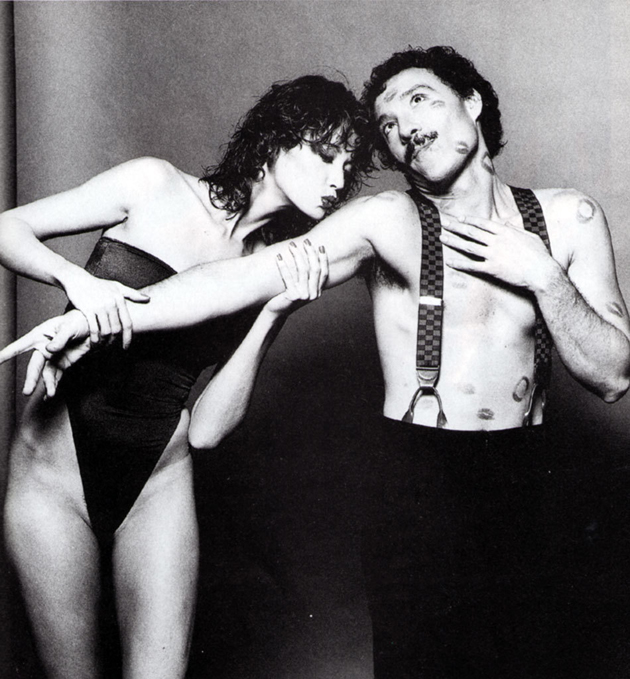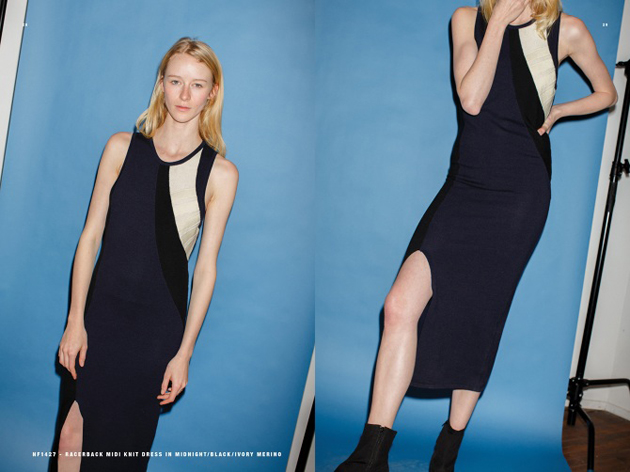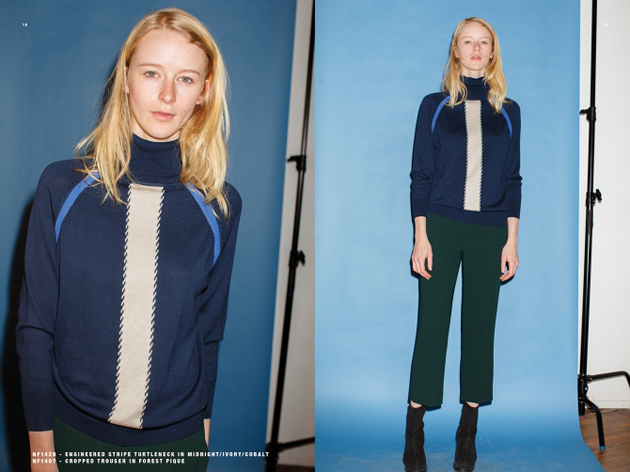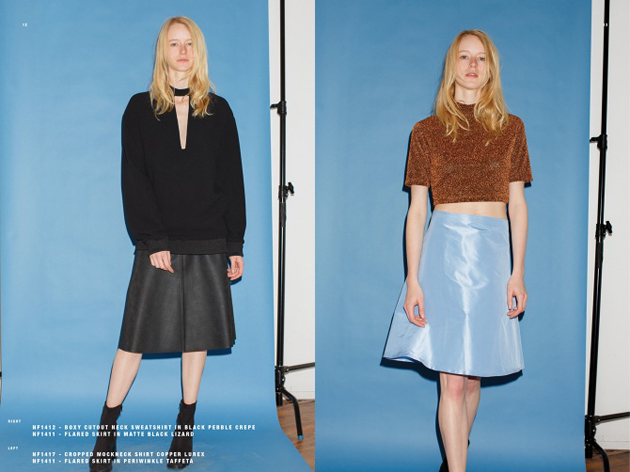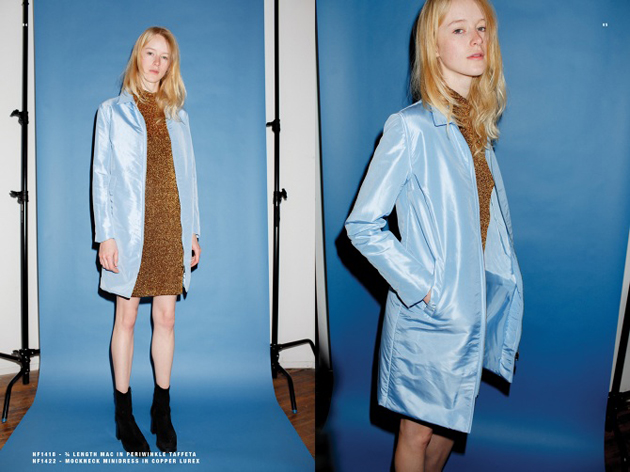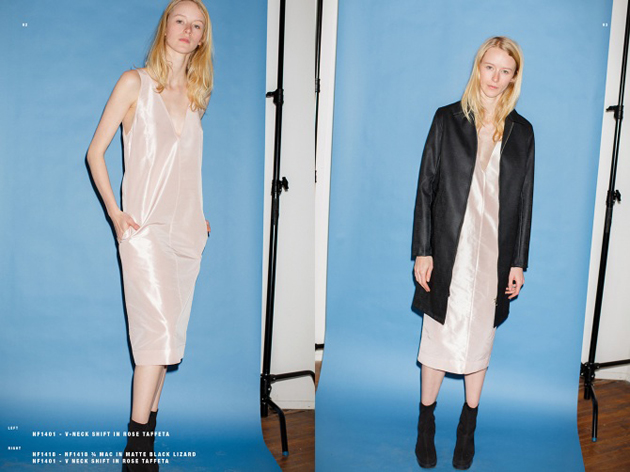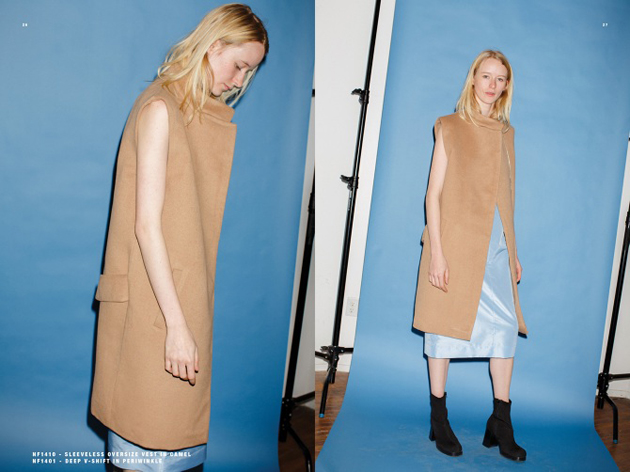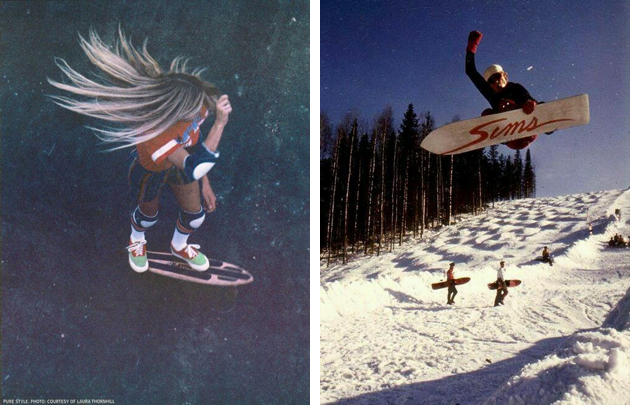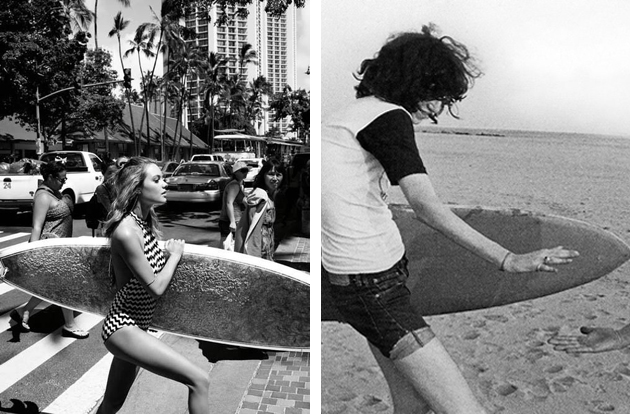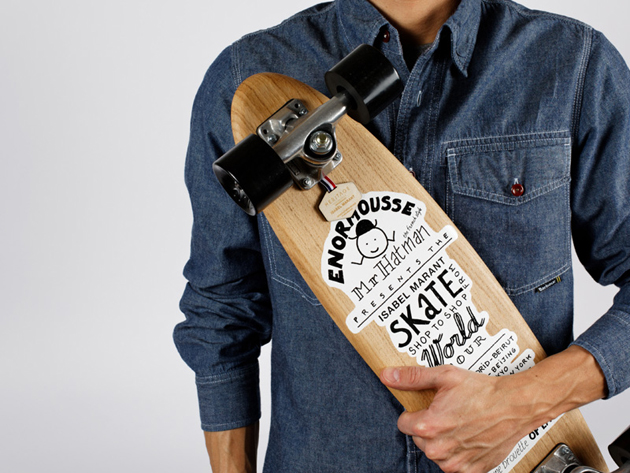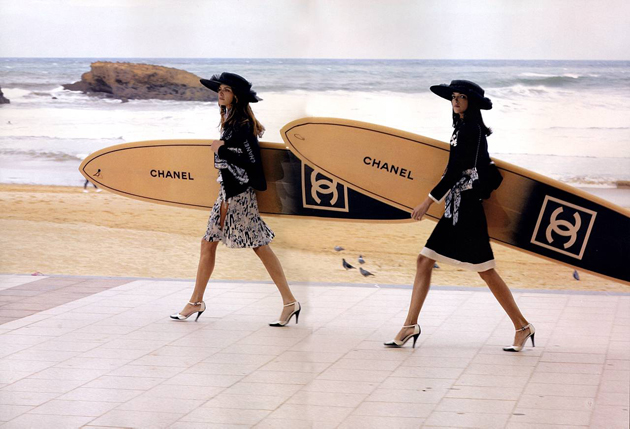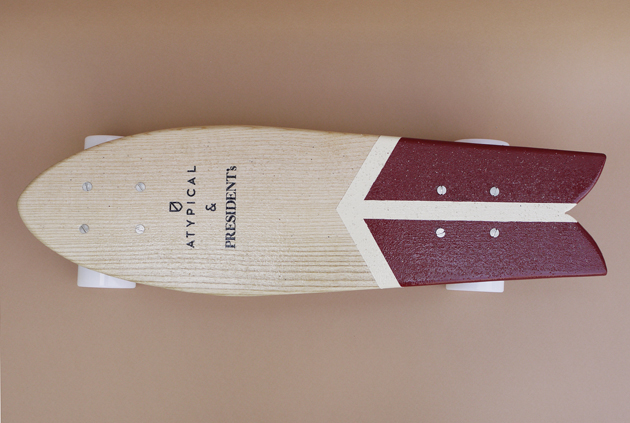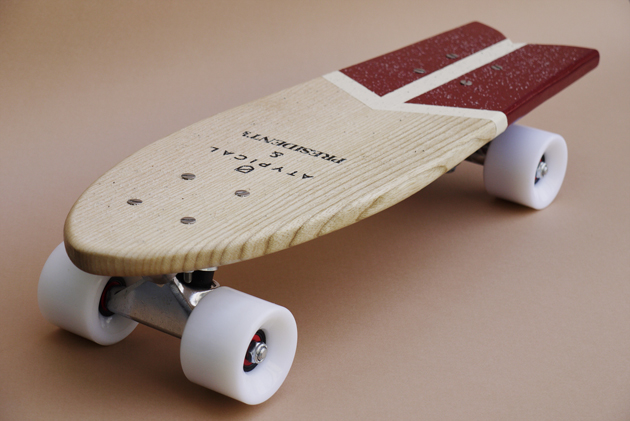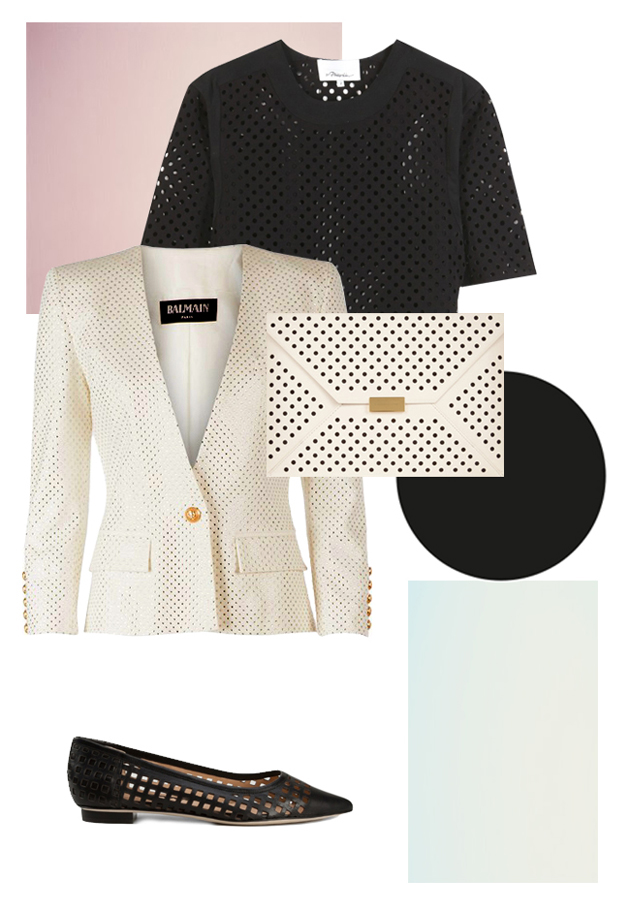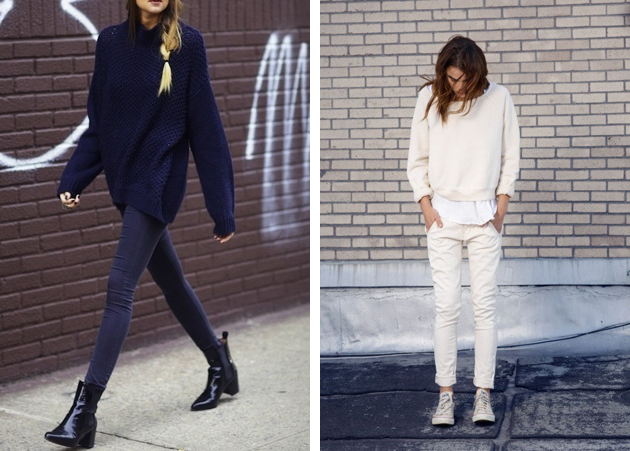
The definition of monochromatic in fashion simply means featuring a lighter and darker version of the same color. Or even choosing all the pieces of the exactly same shade. Although we recently saw a big come back of color blocking, the difference between the two trends is substantial. The first one requires creating a bright and effective combination between two different tinctures, which is not as easy as it may seem. In the second case, instead, your goal is just choosing the right hues of the same color and combining them together. It monochromatic trick might be simple and elementary when the colors are neutral, a little bit more difficult if you aim for bolder tones.
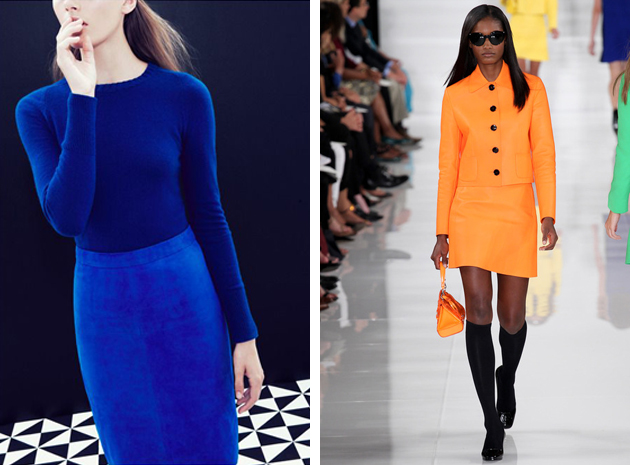
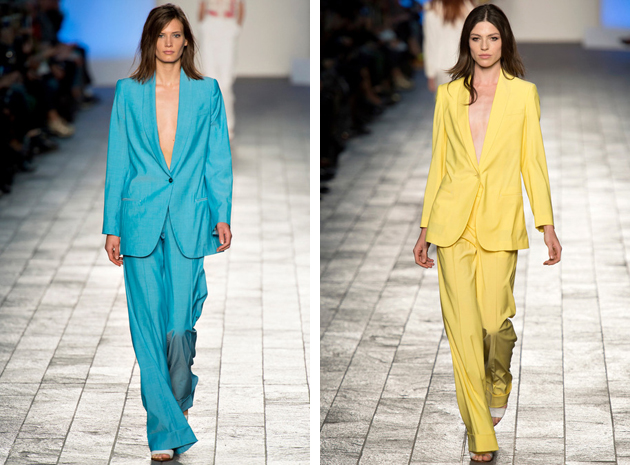
For the ultimate inspiration, one should have a look at the last fashion shows,for Spring-Summer 2014, where, in fact, many designers have chosen a monochromatic approach. In New York we saw a sequence of bright colors at Ralph Lauren’s show, from freesia yellow to venetian red; in Paris we took a long calm breath at Felipe Oliveira Baptista who created relaxing shades of green and blue, giving space both to jumpsuits, long dress and extra large coats.

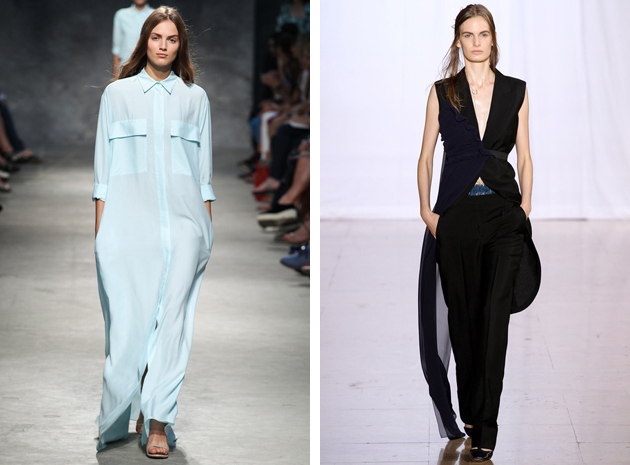
Paul Smith continued on his colorful path, the one started with Autumn-Winter 2013-14 collection, where he showed his mastery in powerful color blocking. This time around he made it simple by combining the exactly same shade of a single color on his masculine and comfy suits. Maison Martin Margiela has always supported the trend and for SS 2014 gave us a few looks composed of trousers and long sleeved shirts, for a minimal yet chic result, especially in burgundy.
